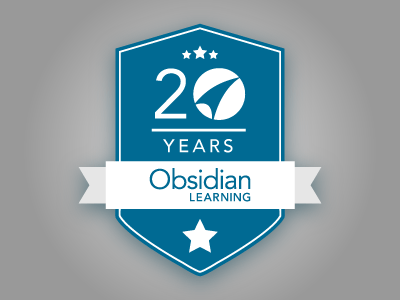I had an interesting conversation at the ATD TechKnowledge conference last month. I was speaking with a team of CEOs on learning and development issues, and they were sharing what’s important to them in learning and how they choose their learning avenues. Here are some highlights:
- Cost and money saving came up three times in the first five minutes of the conversation.
- Obviously, one of their major problems is that the learning environment is changing so rapidly, but their roles in the corporations are stagnant and slow to change. When cuts have to be made, the first item is (you guessed it) the training budget. Training has to provide extremely high value in order to be compelling to an organization.
- Changing technology is what everyone thinks is shaping the transition to the new blend of learning. The power of the network is amazing. What do we do with the significant percentage of employees that are reluctant to make the change, though? The message is strong on this point: they have to change or there is no life left…
- Efficiency is what matters to all of these folks. Better, faster, no paper, interesting, compelling. There is a strong need for STRUCTURE in the instructional design, though. Too many are offering “cool” tools that are overwhelming.
- The problem that they all see is that the new, young learners think they know what they need to know and that does not necessarily match with what the employers think they need to know. It’s interesting that the entire panel was formed by baby boomers, and it’s not surprising that they agree they know what the young learners need to learn. They are open, however, to teaching them by using different methods than PowerPoint. Thank you! It’s a tough world out there!
- Cool comment: “I think we are all trying very hard to place the learners in boxes and describe their needs and wants.” The ultimate effort and, I believe what brings the most value, is to figure out what the learner’s motivation is and cater to it.
- A response from one of the Pharma companies CEOs: “Make the training mandatory. That’s the only way you motivate people.”
- “Focus on competition” works, but only in the U.S. Europe and Asia don’t go for that.
- Are evaluations of learning important? ABSOLUTELY. Not many do it above level 2, though. Clients want to receive training incorporating both pre- and post-training assessments. Also, communications programs to drive the importance of learning evaluations and behavior observations are very much needed. People are willing to pay for this.







